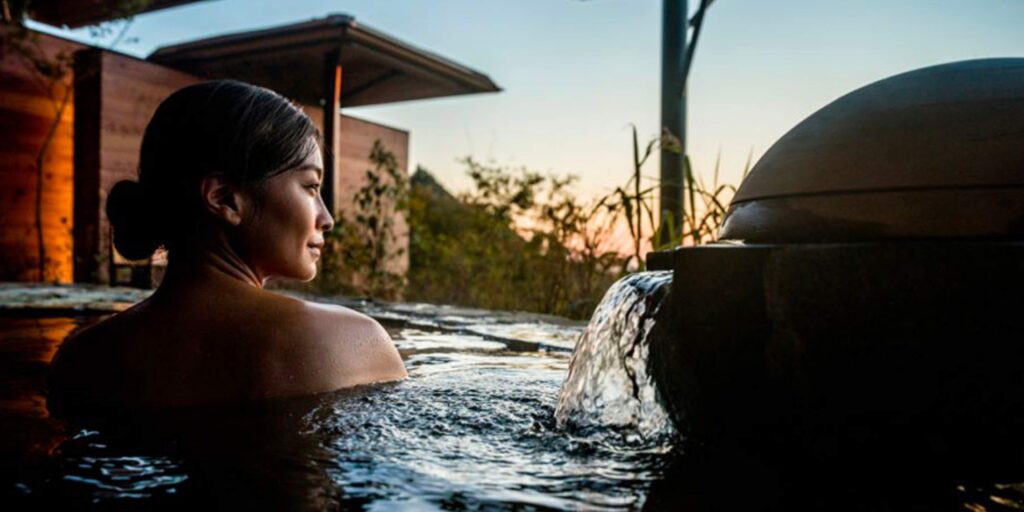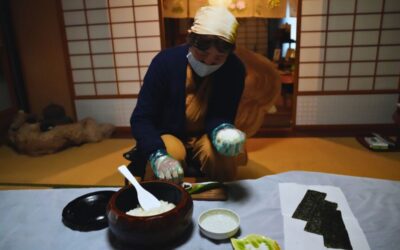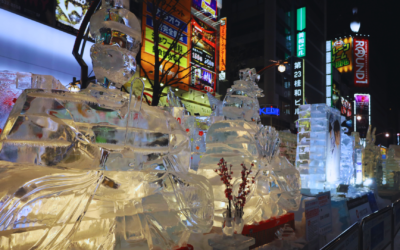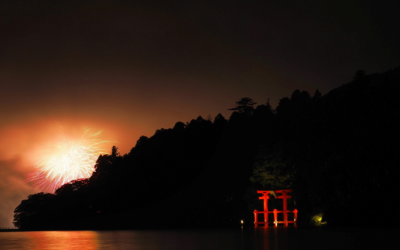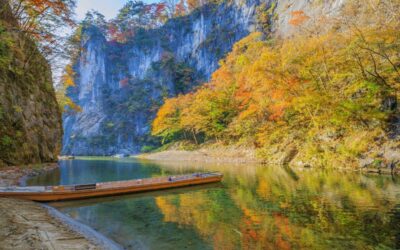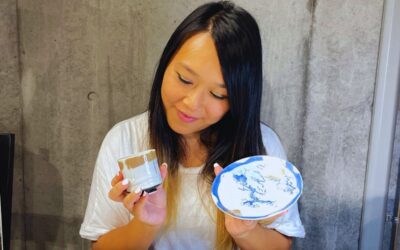Visiting an onsen, or hot spring bath, is a must-do when you come to Japan. It’s a relaxing and refreshing experience that gives you a glimpse into Japanese culture, and many tourists look forward to it.
Soaking in the warm, mineral-rich waters of an onsen is not only good for the body but also offers a unique way to unwind and connect with nature. Similarly, sentos, which are public bathhouses that use regular heated water, provide another fantastic opportunity to experience traditional Japanese bathing culture.
In Japan, respect and tradition are highly valued, and this is especially evident in the use of onsens and sentos. These bathing facilities are not just places for washing; they are spaces of calm and tradition. The behavior expected in these places reflects the broader cultural importance of harmony and consideration for others.
Understanding onsen 101 is essential. It ensures that you and everyone else can enjoy the experience peacefully and respectfully. There are specific rules to follow, from how you wash before entering the bath to how you behave while soaking. Learning these basic rules before you go will help you have a pleasant visit to these soothing hot springs and bathhouses.
By doing so, you show respect for Japanese customs and contribute to a harmonious environment where everyone can fully enjoy the onsen and sento experience. Before we get into the nitty-gritty of onsen and sento etiquette, however, let’s first understand what makes them different and learn some important things for your first time in a hot spring.
Onsen Vs Sento: Understanding the Difference
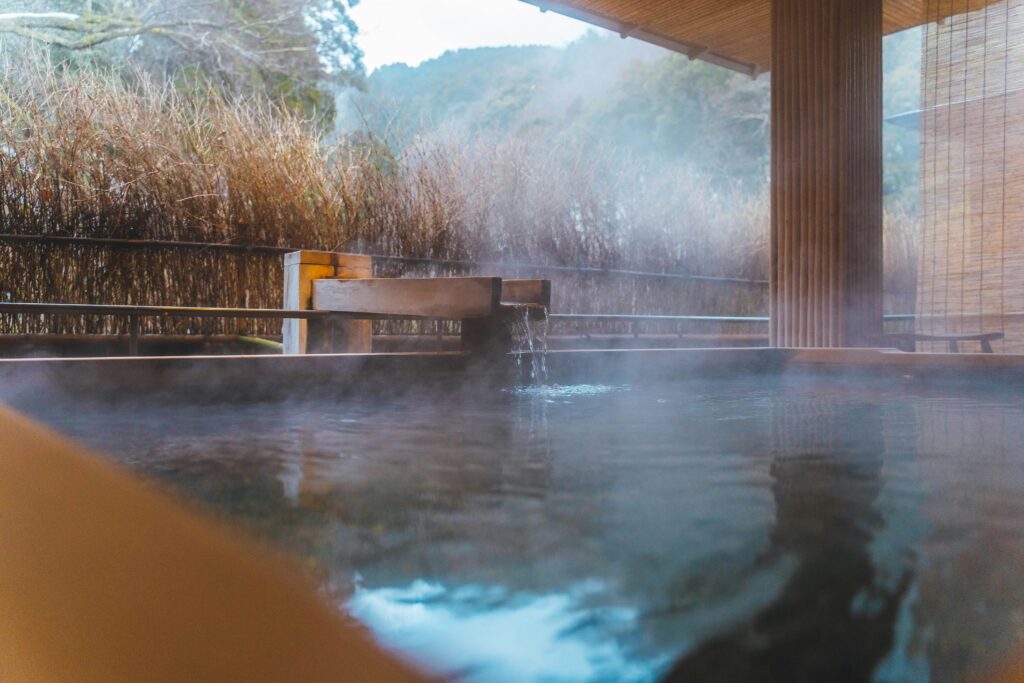
Onsens are natural hot spring baths heated by geothermal activity. These baths are filled with mineral-rich waters that are believed to have healing properties, making them popular for relaxation and health benefits. Onsens can be found both indoors and outdoors, often surrounded by beautiful natural scenery.
Sentos, on the other hand, are public bathhouses that use regular heated water. Unlike onsens, which rely on natural hot springs, sentos heat their water artificially. Sentos are common in urban areas and provide a place for locals to bathe, relax, and socialize.
Additionally, many hotels and ryokans in Japan feature 大浴場 (daiyokujō), which are large public baths. These baths may use either tap water or onsen water but are not necessarily classified as onsens or sentos. Daiykujō provide a communal bathing experience, allowing guests to enjoy a relaxing soak without leaving the accommodation.

The primary difference between an onsen and a sento is the source of the water. Onsens use water from natural hot springs, which often contains various minerals that give the water its unique properties and sometimes a distinctive smell or color. Sentos use regular tap water that is heated and does not have the same mineral content as onsen water. Additionally, onsens are often found in more natural settings, while sentos are usually located in urban areas.
Despite these differences, the basic etiquette for both onsen and sento is largely the same. By following the common rules of respect and cleanliness, you can ensure an enjoyable experience for everyone. Whether you choose to visit an onsen, a sento, or a daiyokujō, all offer a great opportunity to relax and immerse yourself in a unique aspect of Japanese culture.
Things to Know Before Visiting an Onsen/Sento

Water Appearance, Smell and Properties
The water in an onsen might appear murky or cloudy, but this is not because it is dirty. The water is rich in minerals from the natural hot springs, which can give it a distinctive color and sometimes a unique smell. These minerals are believed to have various health benefits, so the murkiness is actually a good sign of a true onsen experience.
The properties of the bath water can vary depending on the specific location, but most onsen water is known to relax you and help heal muscle aches and other ailments.
Gender Separation
Most onsens and sentos have separate bathing areas for men and women. It’s important to follow the signs and use the correct bath to respect this tradition. Occasionally, you might find mixed-gender baths, but these are less common and usually clearly indicated.
Towel Usage
In many facilities, large towels are not provided for free. Instead, you might receive a small towelette, which is sometimes available for an additional fee. It’s a good idea to bring your own towel, especially if you prefer a larger one for drying off. The small towelette can be used for modesty while walking around the facility but should not be taken into the bath itself.
Health and Safety
Some onsens have restrictions on who can use the baths for health and safety reasons. For example, people with open wounds, skin diseases, or certain medical conditions might be advised against using the baths. Always check the facility’s guidelines if you have any health concerns.
Temperature
The water temperature in onsens can vary, but it is often quite hot, typically around 40°C (104°F) or higher. If you are not used to hot baths, take your time to acclimate by gradually immersing yourself and taking breaks if needed.
Types of Baths

Many onsens and sentos offer a variety of bath types to enhance your experience. These can include:
- Cold Baths (水風呂, mizuburo): Refreshing and invigorating, these baths are typically used after a hot soak or sauna session to close pores and improve circulation.
- Warm Baths (ぬる湯, nuruyu): Less hot than traditional onsen baths, these are ideal for those who prefer a more moderate temperature.
- Hot Baths (熱湯, netsuto): Commonly found in most onsens, these baths are perfect for relaxing muscles and relieving stress.
- Bubbling Baths (泡風呂, awaburo): Often equipped with jets that create bubbles, these baths offer a gentle massage effect.
- Outdoor Baths (露天風呂, rotenburo): Located outside, these baths allow you to enjoy the natural surroundings while you soak.
Additional Facilities
In addition to various types of baths, many onsens and sentos provide extra amenities to enhance your visit:
- Saunas: Dry or steam saunas help detoxify the body and improve circulation.
- Resting Areas: After a soak or sauna session, you can relax in designated resting areas equipped with lounges, reclining chairs, or tatami mats.
- Massage Services: Some facilities offer professional massage services for an additional fee, providing further relaxation and muscle relief.
- Cafeterias and Lounges: Many large onsen resorts have cafeterias or lounges where you can enjoy refreshments, meals, and socialize with others.
Personal Belongings
Most onsens and sentos provide lockers or storage areas for your personal belongings. However, it’s wise to leave valuable items at home or in a secure place, as these facilities can get busy.
Drinking Alcohol
While some onsen resorts might offer alcoholic beverages, it’s generally not advisable to consume alcohol before soaking in the hot springs. Alcohol can increase the risk of dehydration and fainting, especially in the hot water.
Footwear
Shoes are typically not worn in the bathing areas. Most facilities provide slippers or have designated areas for you to leave your footwear before entering the onsen or sento.
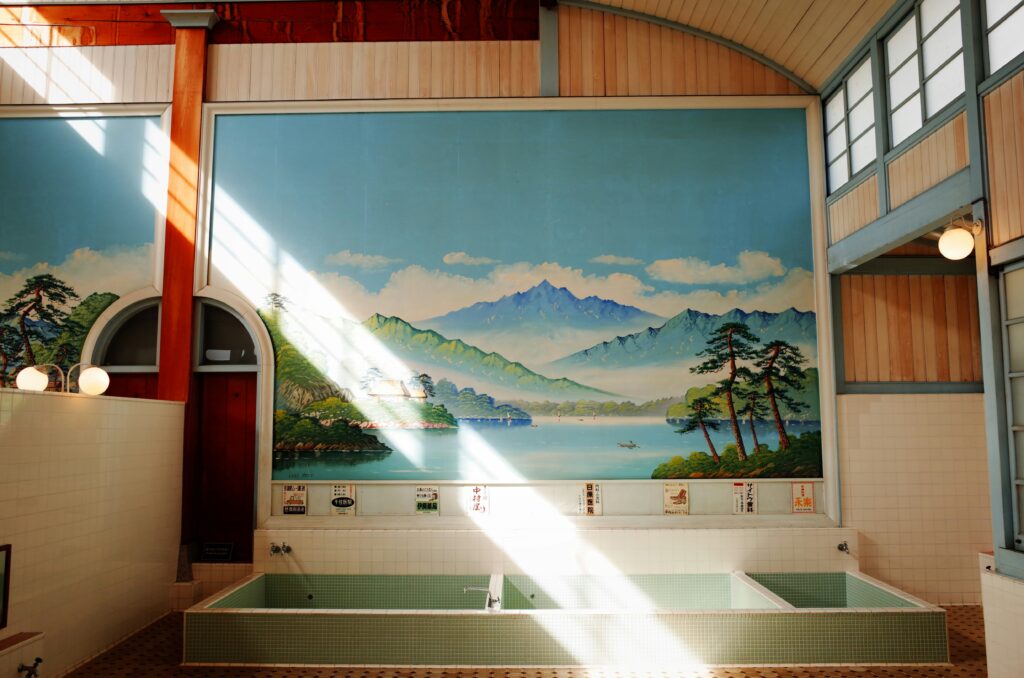
Nudity
In both onsens and sentos, you go into the bath completely naked. This is a long-standing tradition and an important part of the bathing culture. Make sure to rinse off thoroughly before entering the communal baths to keep the water clean for everyone.
Tattoos
Tattoos can be a sensitive issue in Japan, and many onsens and sentos have policies against allowing individuals with tattoos to use their facilities. This is rooted in cultural associations with criminality and gangs. However, some establishments are becoming more lenient, especially in tourist areas.
If you have tattoos, it’s a good idea to check the facility’s policy in advance. In some cases, covering tattoos with a waterproof bandage or patch may be acceptable.
Alternatively, look for tattoo-friendly onsens, which are more common in certain regions and can provide a welcoming experience.
Onsen 101: Detailed Guide to Enjoying Onsens/Sentos

Pre-Bath Rituals
When you first arrive at an onsen or sento, you’ll typically receive a bracelet with a number and a key attached. This corresponds to a locker in the changing room where you should store your belongings. Use the key to lock your locker and keep it with you while bathing. Here’s a step-by-step guide to help you through the process:
- Entry and Payment: Upon entering the facility, pay the entrance fee at the front desk. Some places use a ticket vending machine where you can purchase your entry ticket and any additional services like sauna access. In many modern “super sentos,” you receive a bracelet with an RFID chip.
This bracelet allows you to make cashless transactions within the facility. You can scan it at various points, such as the facility’s restaurant or massage services, and settle all your expenses when you leave.
- Changing Room: Proceed to the changing room that matches your bracelet number. Remove your shoes and place them in the designated shoe lockers. Strip down completely and store your clothes and personal items in your locker. Keep the locker key with you.
Some facilities provide relaxation wear, like a yukata or lounge wear, which you can wear while dining or relaxing between multiple baths. You may even get to choose the design depending on the facility.
- Pre-Bath Wash: Before entering the bathing area, it’s crucial to wash and rinse your body thoroughly. Most facilities provide shower stations equipped with stools, handheld showers, soap, and shampoo.
Sit down at one of these stations, wash yourself completely, and rinse off all soap and shampoo. This ensures you enter the bath clean, maintaining the hygiene of the shared water.
In the Bath

Once you’re clean, you can enter the bathing area. Proper behavior in the bath is important to maintain a peaceful and respectful environment:
- Quiet and Calm: Keep your voice low to avoid disturbing others. The atmosphere is intended to be peaceful and relaxing.
- No Splashing: Avoid splashing water to maintain tranquility.
- Towel Use: Do not put your towel in the water. Place it on the side of the bath or on your head. The small towel provided can be used for modesty while walking around.
- No Swimming or Submerging Your Head: Do not put your whole head under water or swim. This is not a pool, and such actions are considered inappropriate.
- Acclimating to the Heat: The water in an onsen is usually quite hot, typically around 40°C (104°F) or higher. Take your time to acclimate by gradually immersing yourself and taking breaks if needed. Different baths may have varying temperatures, so feel free to try different ones.
Post-Bath Etiquette
After enjoying the bath, follow these steps to complete your onsen or sento experience respectfully:
- Rinse Off: Briefly rinse off your body to remove any residual minerals from your skin.
- Dry Off Thoroughly: Before entering the changing room, dry off completely. Most facilities provide small towels, but bringing your own larger towel for thorough drying is recommended. Wipe your feet dry to avoid wetting the floor.
- Relaxation Wear: If you plan to stay inside the facility after your bath, change into the provided relaxation wear. This is perfect for dining or relaxing before returning to the baths. If you decide to go back to the bath later, make sure to rinse off again before re-entering.
- Rehydrate: It’s essential to drink plenty of water after bathing to stay hydrated, as the hot baths can cause you to sweat more than usual. Some facilities have relaxation areas where you can sit and rehydrate.
- Check for Belongings: Before leaving, ensure you have all your belongings and haven’t left anything behind in the locker.
Embrace the Onsen Experience
Respecting onsen etiquette is crucial for ensuring a pleasant experience for everyone involved. By understanding and following the customs, you help maintain the harmony and cleanliness that are so valued in Japanese bathing culture. This not only enhances your own visit but also shows respect for the traditions and the people who uphold them.
The unique practices associated with onsens, from the pre-bath rituals to the calm behavior expected in the baths, create an environment of relaxation and reflection. These customs have been preserved over centuries, contributing to the serene and rejuvenating experience that makes onsens special.
So, take the time to immerse yourself fully in the onsen experience. Enjoy the soothing waters, the peaceful environment, and the unique opportunity to connect with a significant aspect of Japanese culture. Embracing these traditions will enrich your appreciation and enjoyment of the onsen, allowing you to relax and rejuvenate in one of Japan’s most cherished practices.

